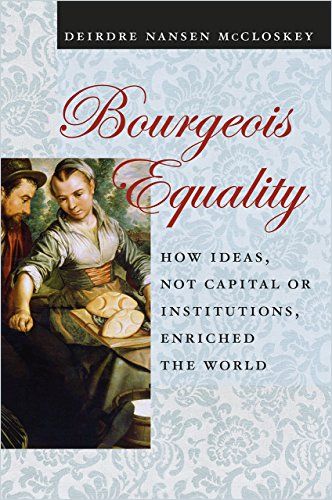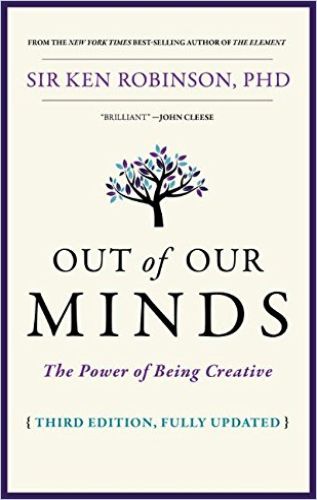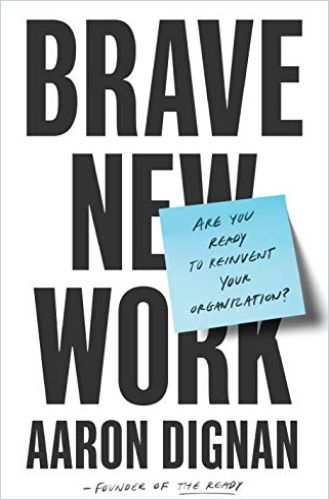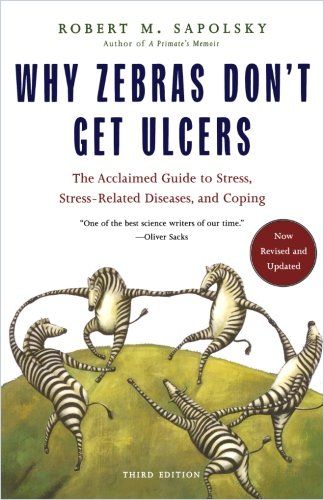The New New

Almost everything about the world has changed in the past 100 years. Where once there were only a few economic centers in the so-called “West” competing for manpower, consumers and the greatest talents, new such centers of the size of former Western global players are now being added almost daily in China and elsewhere.

We first invented the steam engine, which took us to the next city, then the rocket engine, which took us to the moon – and it’s only a matter of time before we can go even further, and do it all without coal or kerosene, but with renewable energies.
These great upheavals brought an enormous increase in prosperity through a greatly increased division of labor, more consumers and more competition, but they also brought new dependencies and competitive situations on a global scale. Today’s world is complex. And anyone who wants to operate successfully in it, privately or professionally, should learn how to deal with this complexity. And here’s the problem.
The sociology of organizations shows that since the beginning of the 20th century, companies have been viewed like a machine – just like the steam engine mentioned above. Some may see it as a more complicated machine, but as of today, very few leaders and officials treat it like it really is: a complex construct.
See the difference? No? You’re in good company!
Many people still use “complex” and “complicated” as synonyms – alas, they do not mean the same thing. An engine, for example, is complicated, it has many different parts, but it works with a causal, rationally explainable and predictable system. Traffic, on the other hand, is a complex system that is not causally predictable. We can only guess what will probably happen, but we cannot be sure. Thus, while we can solve complicated problems, we only can manage complex problems.

And here we return to the beginning: Almost everything has changed over the last 100 years – except the way we manage our organizations! Most companies are still organized like they were a century ago and continue to try to “solve” complex problems -– as they did in the 19th and 20th centuries. The fact that they do it via Zoom or Google now, won’t change a thing. They are bound to fail. In fact, they are already failing, and they are now realizing it.
Some are reluctant to abandon old methods of product development, others are trying to break down hierarchies, and quite a few have also realized that digitalization offers more opportunities than risks if you really get involved. Unfortunately, the vast majority of others have not tried any of these.
According to McKinsey, more than 70% of transformation projects are failures. In other words: only 30% are successful. If you ask those responsible. If you ask the front-line people, this number even shrinks to 6%.
No wonder employees are demotivated. A recent Gallup survey showed that, in the United States, only 34% of employees are motivated and committed. 53% are not engaged and 13% are even “actively disengaged.” And this despite massive bonuses, incentives and other employee evaluation, which appear to have no demonstrable positive effects. Tired of the pressure, of the endless and often unproductive meetings, avalanches of mails and PowerPoint presentations, most executives ask themselves: Is that it? Was this my dream?

My new column for getAbstract looks at some of the most popular transformation approaches in recent history and explains which of them can be used and when – and also when it’s best to keep your hands off them.
Whether the current COVID-19 lockdowns end up lasting weeks or months, the main transformative task in every organization is to invest in people. Because this is the only way to act, or at least react, in time.








